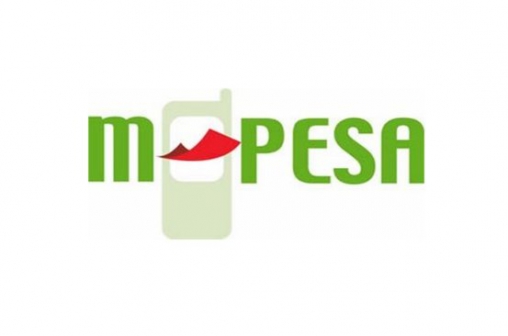×
The Standard e-Paper
Home To Bold Columnists

On May 9, 2016 a press statement by Vodacom, the largest mobile service provider in South Africa stated that effective June 30, they will discontinue M-Pesa service in that country.